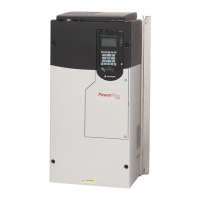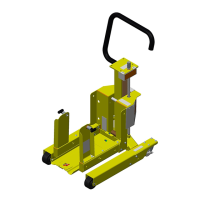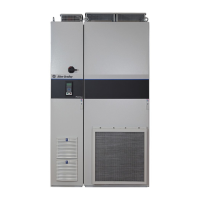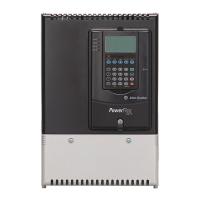88 Rockwell Automation Publication 750-RM100A-EN-P - August 2019
Chapter 9 Reference Motion Planners
Step 4—Configure Dynamic Limits (optional)
Adjust parameters described in the following table to set and balance dynamic limits.
Parameters apply when 10/11:931 [Ref Move Type] = ‘SineSquared’, ‘Poly5’, or ‘Cubic’.
Limits are typically set high to protect drive systems from dynamics they cannot handle.
Slower moves are unaffected by limits, however move dynamics approach limits and then
become limited as move times are decreased or move distance is increased.
You can also apply limits proactively by intentionally lowering them to balance dynamics
and energy. When limited, a dwell is added to ensure the correct area under the curve and
therefore the correct trajectory. The final move time is automatically increased for best
performance when inputs generate constrained circumstances. Moves will smoothly
transition in and out of acceleration and jerk limits when 10/11:931 [Ref Move Type] =
‘SineSquared’, ‘Poly5’, or ‘Cubic’.
Table 33 - Velocity Reference Dynamic Limit and Balance Parameters
Parameter Description
10/11:936
[Ref Max Accel]
Enter the maximum acceleration limit for position and velocity reference commands.
10/11:937
[Ref Max Decel
Enter the maximum deceleration limit for position and velocity reference commands.
10/11:938
[Ref Max AccJerk]
Enter the maximum jerk limit during acceleration for velocity reference commands. It is the
change of acceleration with respect to time.
10/11:939
[Ref Max DecJerk]
Enter the maximum jerk limit during deceleration for velocity reference commands. It is the
change of deceleration with respect to time.
10/11:932
[RefEnergyBalance]
Enter a skew factor applied to position and velocity reference commands that shifts the
acceleration and deceleration peaks forward or backward in time. A lower value allows the
acceleration peak to occur at lower velocity for saving energy. A higher value allows the
acceleration peak to occur at higher velocity for more aggressive moves. The deceleration peak
mirrors the acceleration peak.

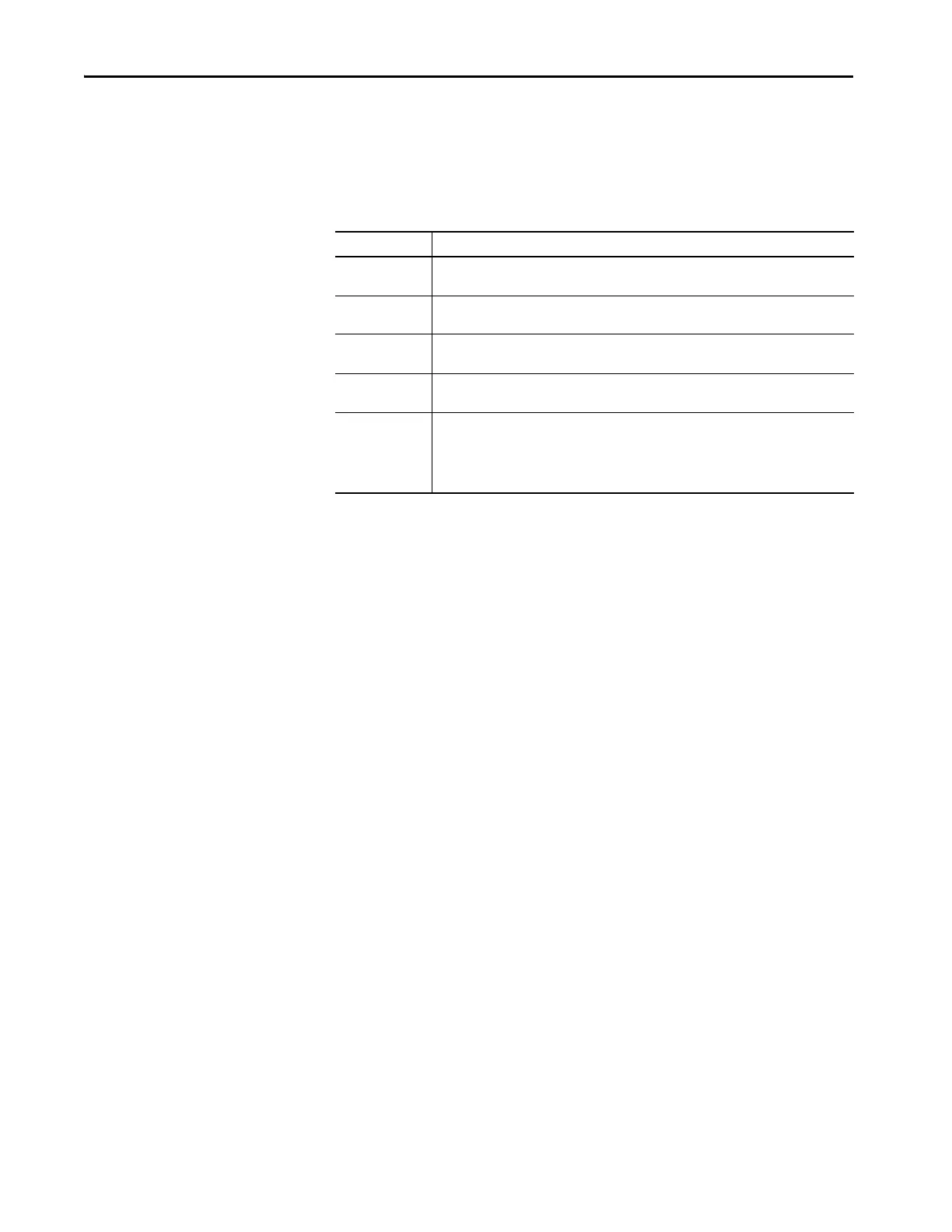